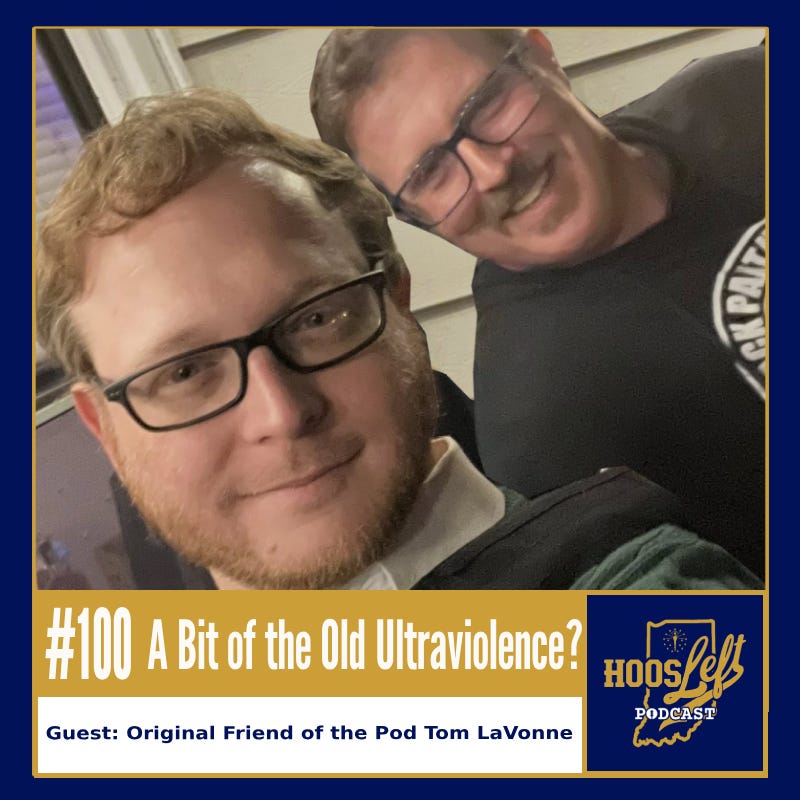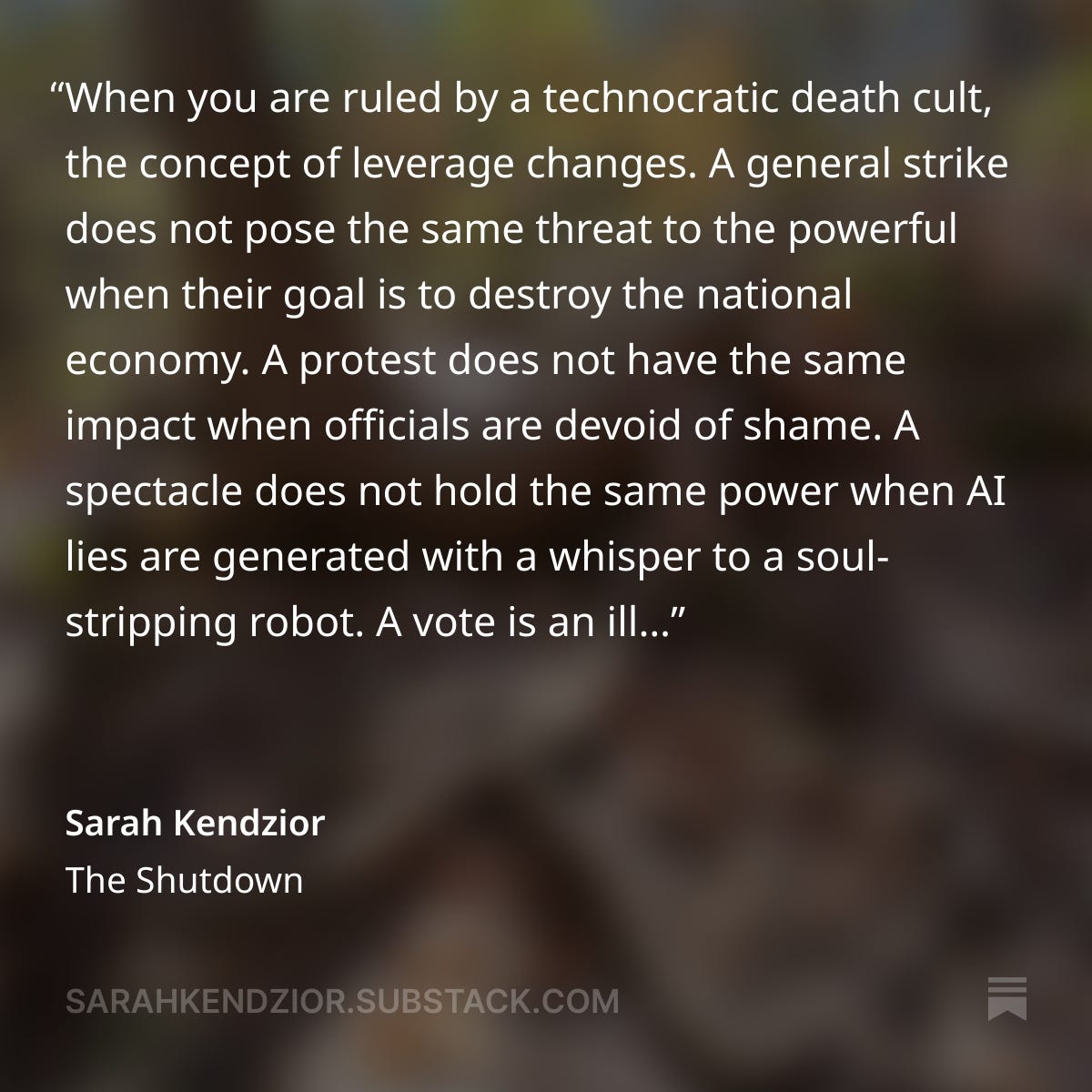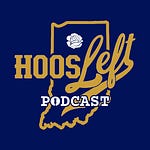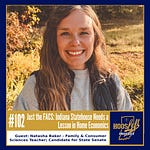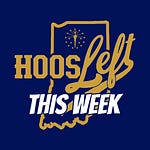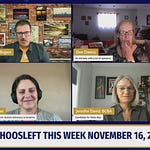Welcome to the HoosLeft Podcast, a show about Indiana politics, history, and culture from an unapologetically leftist perspective. My name is Scott Aaron Rogers, I’m broadcasting from Bloomington, and THIS is officially our 100th episode. Thank you for accompanying me on this journey.
Somebody who has been on this ride since day one, my very first guest - original friend of the pod - Tom LaVonne joins me tonight for a spicy discussion about political violence.
First a little housekeeping. Let me take this opportunity to thank some of our paid subscribers, without whom we wouldn’t have made it this far: Clif Marsiglio, Blythe Potter, Richard Reed, Beth Sarchet, Jo Swanger, Michael Torres, Dee Owens, Jesse Brown, Peter Iversen, and MY MOM! Thank you all so much! I am eternally grateful for your support, and for the support of the many others whom I did not name without their expressed, written consent.
For everybody else, please consider joining them in supporting HoosLeft with a paid subscription. This is an independent media project; I don’t paywall content; I don’t sell out to advertisers; I don’t have billionaire benefactors. Only individuals like you keep this thing going. I refuse to gatekeep valuable information in the middle of a political crisis, even to my financial detriment. So please, if you find value in this work, go to HoosLeft.us and subscribe at the paid level - it’s only $5 a month, or $50 a year, to help me write more, research more, and organize more. Not ready for long-term commitment? You can make a one-time contribution on Cash App or Venmo.
If that doesn’t work for your budget at this time, you can still help out by liking and sharing on social media, commenting, leaving reviews, providing feedback, and forwarding articles to your people. DO IT NOW if you’re not already subscribed on the platform you’re currently watching us on. We are building a community of Hoosiers dedicated to making this state, and its government, work for all of us, not just the elite few. And we’ve got BIG THINGS in the works. Please join us.
Follow on Bluesky, Instagram, and Threads at HoosLeft.US and on Facebook, X, TikTok, Mastodon, and YouTube at HoosLeft. Tell the others. Let’s build a radically-democratic Indiana together. Thanks again. Now, let’s welcome Tom LaVonne back to the show!
Setup - the dichotomy
One Saturday, Scott is hosting an 8 hour marathon livestream showcasing nonviolent protest as No Kings rallies take place across Indiana and the country.
The previous Saturday, Scott was hanging out with Tom, dressed as Luigi Mangione, a personification of violent revolution.
Successes of the No Kings rallies
Massive mobilization & visibility
More than 7 million people in 2700+ locations in all 50 states & DC https://www.nokings.org/
Framing & message clarity
The key slogan: “No Thrones. No Crowns. No Kings.” That’s clear and accessible; it taps into systemic critique (authoritarianism, concentrated power) rather than specific demands - one thing everybody can agree on.
Coalition & cross-section participation
Because the protests were so broad (across states, cities, demographics) they pulled in people who might not normally protest. That’s strategic: a larger base means stronger future movement potential.
The protests were overwhelmingly non-violent and made Republican look foolish for their talk of “Hate America” rallies.
Limitations of the “pep rally” protest
Did you come already?
No Kings Day was an orgasmic burst of resistance, but are we just going to roll over and go to sleep now? Authoritarians need to be fucked repeatedly
Mobilizing one day or many cities is good, but protest success often requires sustained pressure and strategic next steps. The rallies created a moment, but not yet evident how that moment connects to institutional power, sustained organizing, or disrupting systems.
For example: though you had millions, one estimate shows that the movement still fell short of the 3.5% rule 📌 threshold (which some academics argue is a rough benchmark for non-violent movements to force change) — 7M is about 2% of the population.
From Current Affairs:
‘Some activists and commentators on the left have characterized No Kings as a kind of cringey carnival of liberalism, and they aren’t totally wrong. Chris Smalls, founder of the Amazon Labor Union, asked “No Kings Day is big ass Parades when are we going to to withhold our labor for idk maybe Genocide ??” Butch Ware, Jill Stein’s former running mate and current Green Party candidate in California’s gubernatorial race, observed that “mass mobilization without any specific demand and without any organization is actually detrimental because it wastes potential energy that could be directed into effectively organizing against systems.” Max Blumenthal, editor-in-chief of the Grayzone, points out that No Kings messaging “does not include opposition to US-Israeli wars” despite officially referencing Ukraine.’
‘While No Kings protests successfully make Republicans look foolish, and provide a valuable demonstration of the scale of opposition to Trump, they are unmoored from a political program, and exemplify the worrying Democratic tendency to build an entire platform around opposing Trump. There is seemingly no greater vision or demand underlying the protests beyond getting rid of the “man who would be king.” Other protest movements had coherent demands, such as “VOTES FOR WOMEN NOW,” “NO BLOOD FOR OIL,” or “CEASEFIRE NOW.” But No Kings seemed, for many, to just be a way of blowing off steam, of expressing frustration at our inability to halt the rightward slide of American politics.’
On the other end of the spectrum…
Luigi Mangione
Mangione is accused of killing United Healthcare CEO Brian Thompson; he’s facing federal charges and a murder indictment; reporting documents court developments and dropped state terrorism charges.
Why is the murder of one man a crime, but when the predatory practices of the healthcare industry result in death, that’s just business?
Charlie Kirk
Kirk was assassinated at a campus event; suspect charged with aggravated murder - motive unclear; intense national debate on political violence and free speech. Use this to explore backlash dynamics: violent acts create justification for repression.
Was Kirk’s language about marginalized groups in-and-of-itself an incitement to violence?
What about his role in organizing the January 6th insurrection? By many accounts, that event qualifies as treason. If so, Kirk would have been eligible for the death penalty - but with a trial.
Scott’s conclusion - if Charlie Kirk had been killed in a car wreck, fallen out of a window, or been struck by lightning, the world would be a better place. Assassination made him a martyr, more powerful in death than in life.
Why do people take matters into their own hands? Because elite criminals always seem to get away with it.
Example 1: major human-rights groups and academic reviews argued Obama’s DOJ declined to prosecute Bush-era torture policies — that failure has real downstream political costs and shaped a culture of impunity.
Example 2: the financial criminals that caused the 2008 financial crash faced no jail time, minimal fines, and received bailouts.
Example 3: Trump & company faced no consequences for their multitude of crimes during the first administration.
Okay but, if things get violent, who does that actually serve? Who benefits? Who loses? what immediate political outcome is likely — and at what long-term cost to movements, civil liberties, and ordinary people?
“Looking at hundreds of campaigns over the last century, Chenoweth found that nonviolent campaigns are twice as likely to achieve their goals as violent campaigns. And although the exact dynamics will depend on many factors, she has shown it takes around 3.5% of the population actively participating in the protests to ensure serious political change.”
Overall, nonviolent campaigns were twice as likely to succeed as violent campaigns: they led to political change 53% of the time compared to 26% for the violent protests.
This was partly the result of strength in numbers. Chenoweth argues that nonviolent campaigns are more likely to succeed because they can recruit many more participants from a much broader demographic, which can cause severe disruption that paralyses normal urban life and the functioning of society.
In fact, of the 25 largest campaigns that they studied, 20 were nonviolent, and 14 of these were outright successes. Overall, the nonviolent campaigns attracted around four times as many participants (200,000) as the average violent campaign (50,000)
So if violence isn’t the answer, and the occasional pep rally isn’t enough, where is the line? What could this sustained, active participation by at least 3.5% of the population look like?
Sustained everyday protest / encampments / constant presence — Fatigue is real; sustained visibility + logistics wins. Example: People Power in Philippines.
Disruptive protest (blockades, occupations, targeted shutdowns) — raises cost for the target, can force negotiation; blowback risk (public tolerance, repression). Example: Nepal Gen-Z Protests
Strikes & labor solidarity — the most direct economic pressure; requires deep organization and union leverage. Example: Poland’s Solidarity Movement
Boycotts & supply-chain pressure — slow but can force concessions. Need scale and credible alternative options. Example: Boycott, divestment, and sanction of apartheid regimes.
Digital resistance / platform pressure — deplatforming, coordinated campaigns on advertisers, but fragile & manipulable. Example: Belarusian Cyber Partisans
Will any of these techniques work against American fascism?
Sarah Kendzior poses the question in her beautifully brutal way…
Thanks to Tom for a lively conversation and thank you for listening. If you can, please consider contributing to this project with a paid subscription at HoosLeft.US, where you’ll find my entire archive. I rely solely on the generosity of kind patrons like you to make this information available for free to everybody. In addition to the website, you can find me on Bluesky, Instagram, and Threads at HoosLeft.US and on Facebook, X, TikTok, Mastodon, and YouTube at HoosLeft. Direct message me at any of those sites with feedback, tips, ideas, and concern or email me at scott@hoosleft.us. While you’ve got the old email machine out, please forward the show to a friend and have them pass it on, too. Let’s keep building this project - and a truly democratic state - one conversation at a time. Until the next one, this has been the HoosLeft podcast. I’m Scott Aaron Rogers. Love each other, Indiana.
HoosLeft Online:
https://www.facebook.com/hoosleft
https://bsky.app/profile/hoosleft.us
https://www.youtube.com/@hoosleft
https://www.tiktok.com/@hoosleft
https://www.instagram.com/hoosleft.us



